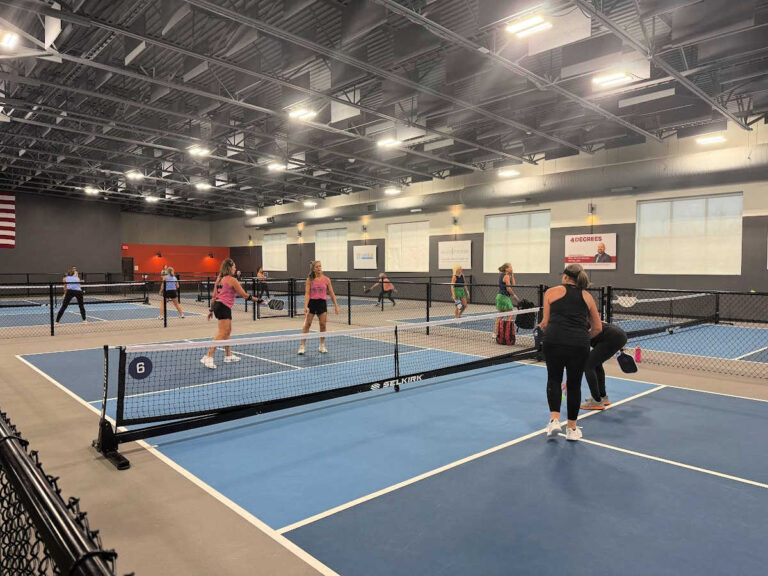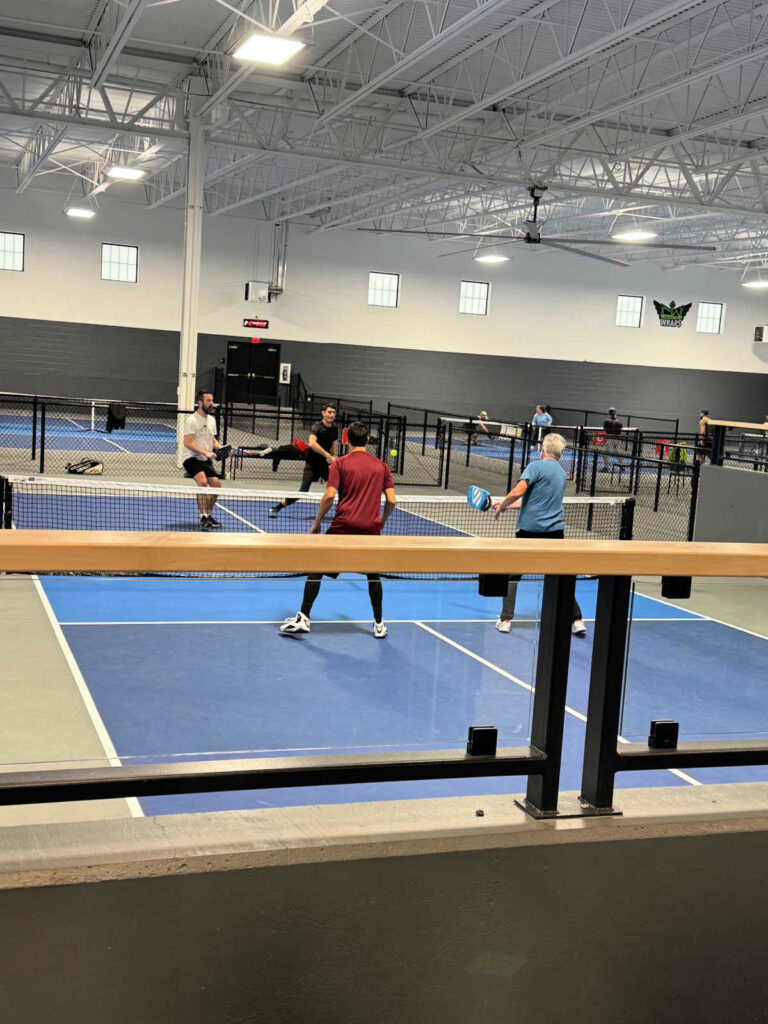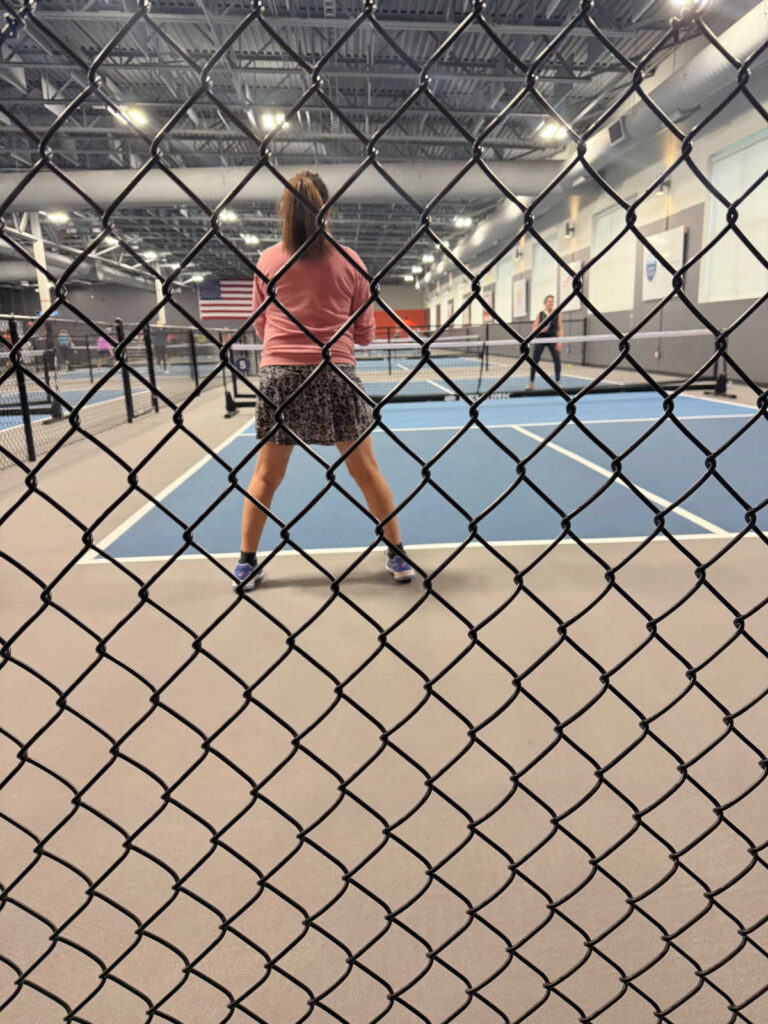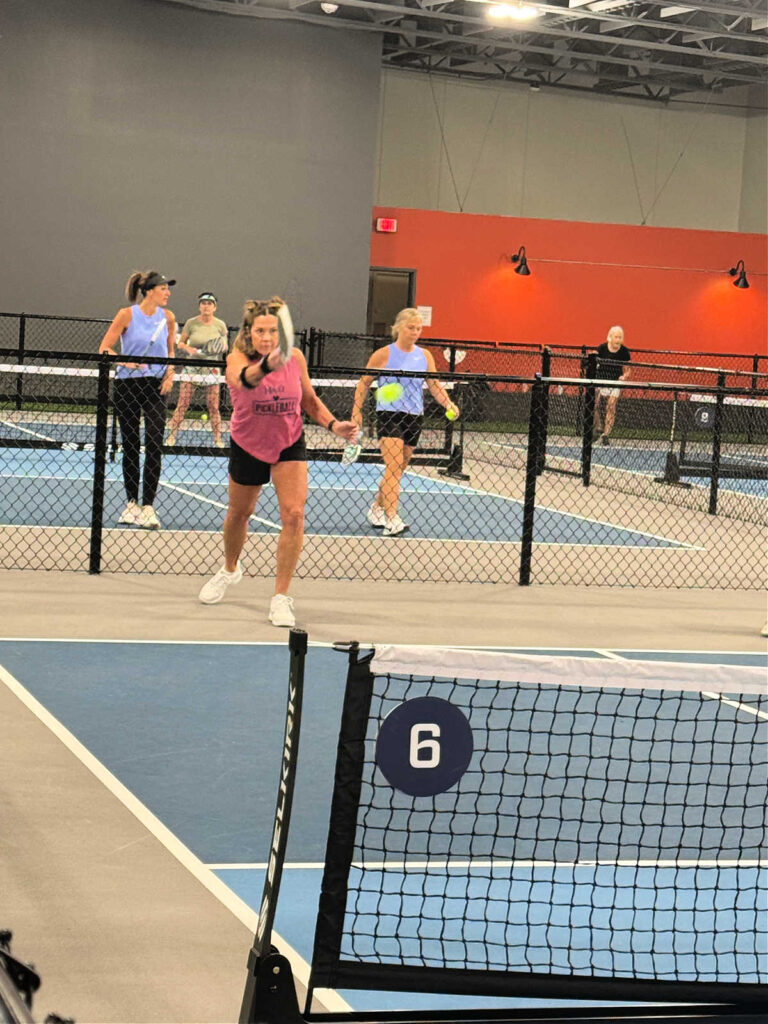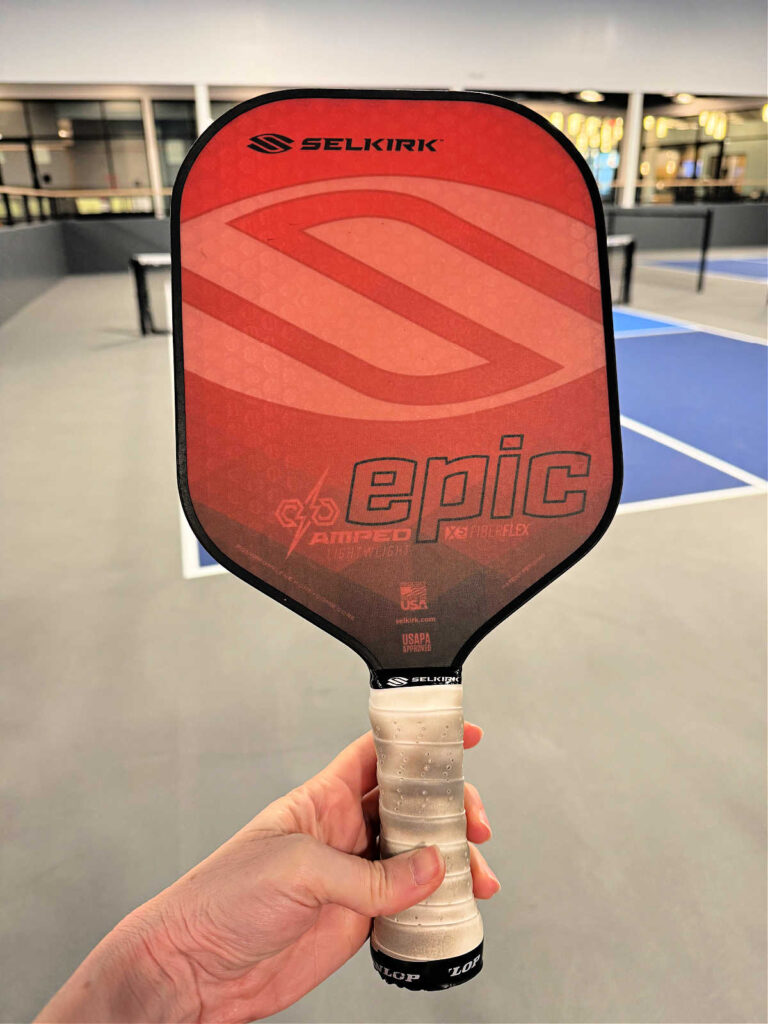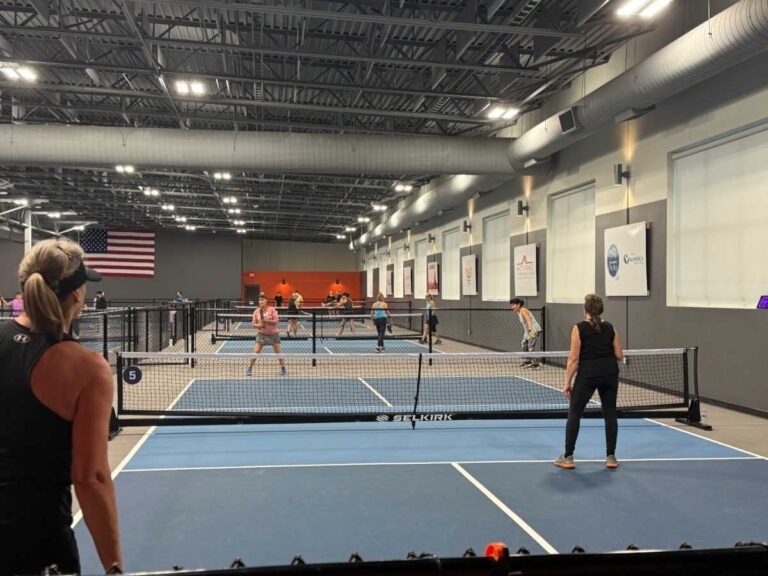Indoor vs Outdoor Pickleball Balls
Pickleball is played both indoors and playing outdoors is fun too. The type of ball used in each setting differs significantly. These differences are not just about aesthetics but they also affect gameplay, performance, and strategy. Whether you’re a beginner just learning how to play pickleball or a seasoned player, understanding the distinctions between indoor and outdoor balls can help you choose the right ones for your game.
There are two main items you need as far as pickleball equipment is concerned, this is one of them and the other is the paddle. You likely know before you begin whether you are planning on playing outside or if your gym has proper facilities indoors. Start with what will be used most often if you want to cut down on costs and you can choose later if you want both. The main differences between the two are;
1. Materials
- Indoor Pickleball Balls are designed specifically designed for smooth courts. They are made of softer plastic, making them lighter and less durable compared to outdoor balls. Designed for use on smooth indoor surfaces, such as gym floors, where wear and tear are minimal.
- Outdoor Pickleball Balls are constructed from harder than indoor plastic to withstand the rougher surfaces of outdoor courts, such as asphalt or concrete. They are more durable to handle the elements, including windy conditions and sun exposure.
2. Number and Size of Holes
- Indoor Balls have fewer and larger holes (usually 26 holes). The wider holes reduce air resistance, making them easier to control and suitable for the slower pace of indoor play.
- Outdoor Balls feature more and smaller holes (typically 40 holes). The smaller holes help the ball resist wind, ensuring more consistent flight patterns in outdoor conditions.
3. Weight and Bounce
- Indoor Balls are much lighter and softer, resulting in a lower bounce. Easier to control for softer shots, such as dinks and third-shot drops.
- Outdoor Balls are heavier (to account for possible wind) and harder, with a higher bounce. They require more force to control, making them ideal for the faster and more aggressive pace of outdoor games.
4. Noise
- Indoor Balls are quieter due to their softer material. They are often preferred in noise-sensitive environments, such as recreational centers or gyms.
- Outdoor Balls are louder when struck, as the harder plastic creates more noise on impact. The sound is less of a concern in open outdoor spaces.
5. Gameplay
- Indoor Balls will favor control and finesse, making them ideal for strategic play. Slower gameplay allows for longer rallies and more focus on dinking and shot placement.
- Outdoor Balls encourage fast-paced, power-driven play due to their heavier weight and higher bounce. Games often involve shorter rallies and more aggressive shots.
6. Colors
- Indoor Balls are typically available in lighter colors, such as white or yellow, to contrast with indoor surfaces and lighting.
- Outdoor Balls commonly come in brighter colors, such as neon yellow or orange, to enhance visibility under natural sunlight.
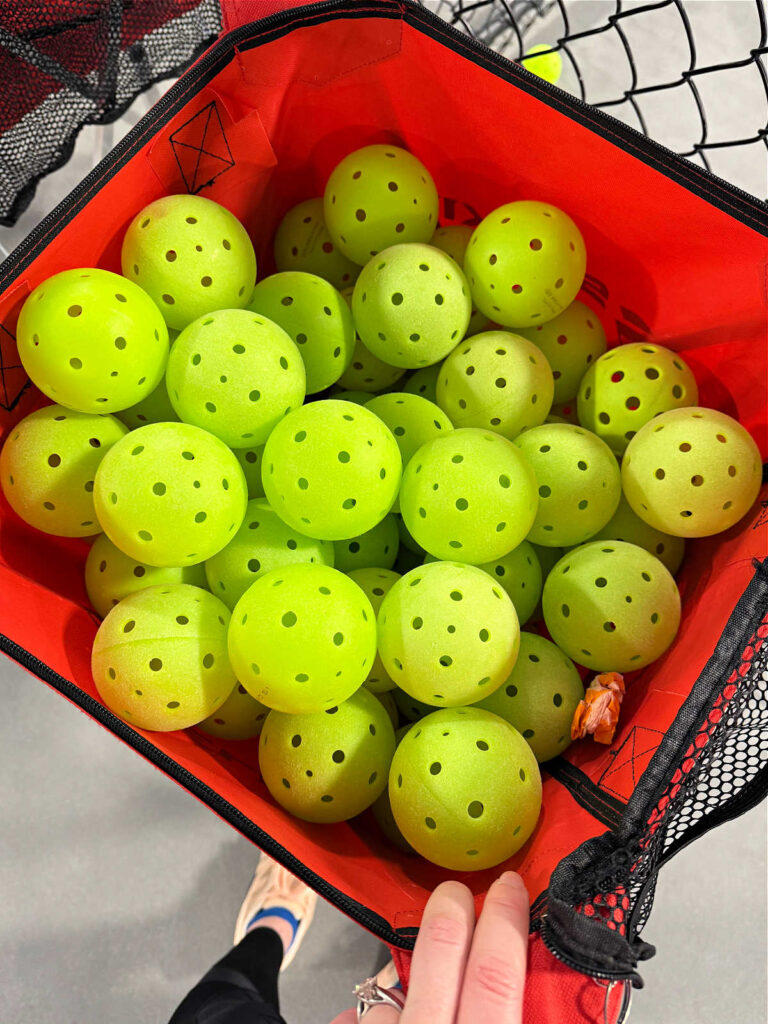
7. Popular Pickleball Balls
- Indoor Balls:
- Gamma Indoor balls
- Jugs Indoor Pickleballs
- Outdoor Balls:
- Dura Fast 40
- Onix Fuse Outdoor Balls
How to Choose the Right Ball to Play Pickleball
- Environment: Match the ball type to the court—indoor balls for gym floors and outdoor balls for asphalt or concrete.
- Play Style: If you enjoy strategic, slower play, indoor balls might suit your style. If you prefer fast-paced, aggressive rallies, outdoor balls are the way to go.
- Conditions: Consider external factors like wind, sun, or noise restrictions, which can influence ball performance.
Can You Use Indoor Pickleball Balls Outdoors?
While it’s technically possible, it’s not recommended for several reasons. The main one is that the lighter weight will cause the wind (even if it is minimal) to move it more and you won’t be as accurate when you hit it and are more prone to wear on rough surfaces. The harder material made for outdoors can have a faster speed because of the added weight and then can make them difficult to control on smooth indoor courts. It is better to use the proper ones for best playing results.
Understanding the differences between outdoor and indoor pickleballs is essential for optimizing your gameplay and enjoying the sport to its fullest. Indoor balls are softer, quieter, and designed for finesse, while outdoor balls are harder, faster, and built for durability. By choosing the right ball for your environment and play style, you can improve your performance and make the game even more enjoyable. So, whether you’re dinking indoors or smashing outdoors, the right ball makes all the difference!
